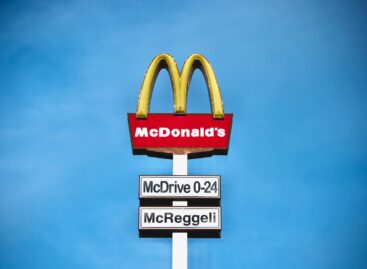GKI: Hungary has been in the EU for 20 years: how has the population’s consumption changed?
On May 1, 2004, ten new states joined the European Union, including Hungary. In our series of articles, we use one indicator to explore how the situation of our country has changed during our 20-year EU membership. The topic of our present article is the consumption of the population.
In contrast to GDP, household consumption expenditure is a good indicator of well-being within a given country. Of course, this also ignores income and wealth inequalities, and does not necessarily indicate the growth of the “average citizen”. There are basically two ways to measure consumption in an international comparison: in absolute value (how much we can buy abroad if we convert our money to euros), and in terms of purchasing power parity (how much we can spend elsewhere at the price level of the given country).
If we examine the former, it can be seen that after joining the EU in 2004, the level of consumption measured in euros rose steadily in our country, and then the growing trend was broken by the 2008 financial crisis. After that, consumption stagnated until 2015, partly due to the Eurozone crisis that unfolded in the early 2010s, and then rapidly increased until 2020. Although the level of consumption fell significantly in 2020 as a result of the closures due to the coronavirus, the indicator returned to growth in the following years.
Related news
Related news
László Pekó: “Coop isn’t just a network, it is a way of life – and has been for 30 years”
🎧 Hallgasd a cikket: Lejátszás Szünet Folytatás Leállítás Nyelv: Auto…
Read more >(HU) Karácsonyi tv-reklámok 2025 – indul a közönségdíj szavazás
🎧 Hallgasd a cikket: Lejátszás Szünet Folytatás Leállítás Nyelv: Auto…
Read more >McDonald’s restaurants will be closed nationwide on December 24-25
🎧 Hallgasd a cikket: Lejátszás Szünet Folytatás Leállítás Nyelv: Auto…
Read more >



